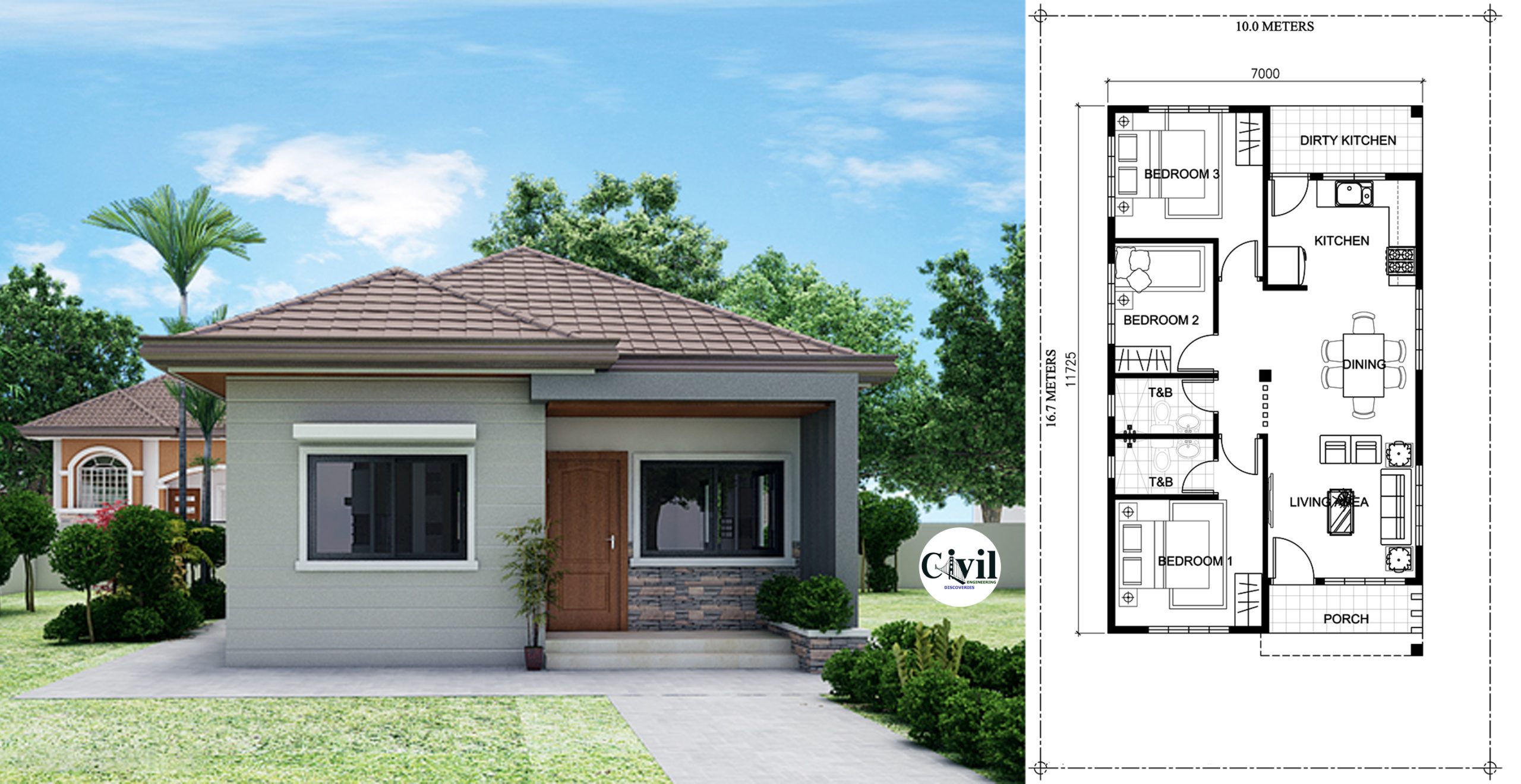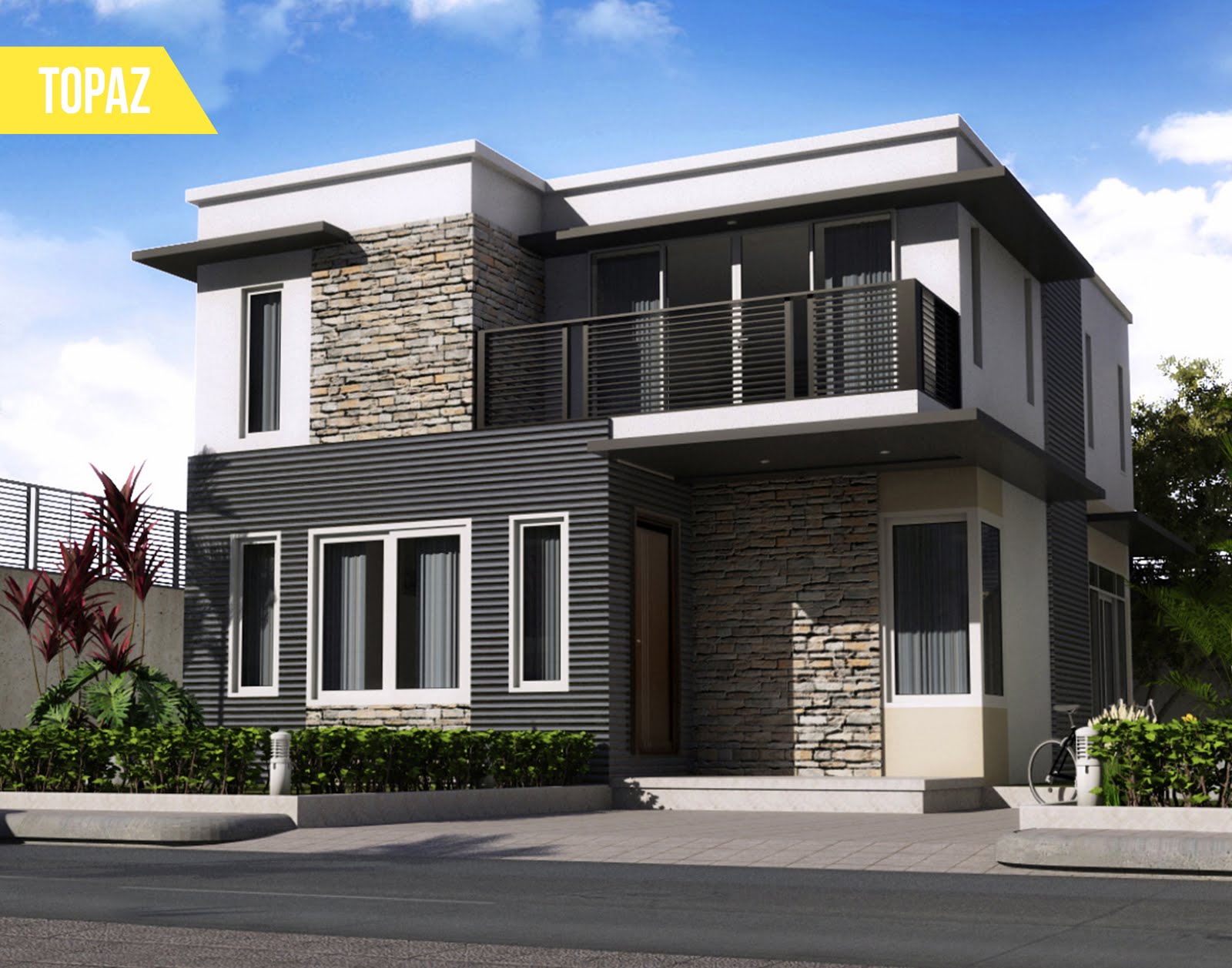Understanding the Basics of 5-Bedroom House Plans in the Philippines: Simple 5 Bedroom House Plans Philippines

Planning to build a spacious home for your growing family? A 5-bedroom house plan in the Philippines offers ample room for everyone, from cozy bedrooms to communal spaces perfect for family gatherings. This guide will delve into the key aspects of designing and building a 5-bedroom home in the Philippines, considering the unique factors of the country’s climate, budget, and building regulations.
Typical Layout and Features
A 5-bedroom house plan in the Philippines usually prioritizes functionality and comfort. The layout often features a central living area that connects to the kitchen and dining space, creating a welcoming hub for family life. Bedrooms are typically arranged around the living area, with ensuite bathrooms and walk-in closets being common features in the master bedroom. The house often includes a separate laundry area, a carport, and a backyard or garden for outdoor relaxation.
Considerations for Building a 5-Bedroom House
Building a 5-bedroom home requires careful planning and consideration of various factors:
Climate
The Philippines experiences a tropical climate with high humidity and frequent rainfall. This necessitates incorporating design elements that promote ventilation and natural light, such as large windows, high ceilings, and open-air spaces. Utilizing materials that can withstand the humidity and heat, such as wood and concrete, is also crucial.
Budget
The cost of building a 5-bedroom house can vary significantly depending on the chosen materials, design complexity, and location. Setting a realistic budget and sticking to it is essential. Consider exploring cost-effective materials like bamboo or recycled wood, and prioritize functional design over extravagant features.
Local Building Codes
Adhering to local building codes is paramount to ensure the safety and structural integrity of your home. These codes specify requirements for foundation types, building materials, electrical wiring, plumbing, and fire safety. Consulting with a licensed architect or engineer can help navigate these regulations effectively.
Popular Architectural Styles
The Philippines boasts a diverse range of architectural styles, each reflecting the country’s rich cultural heritage and modern influences. Some popular styles for 5-bedroom homes include:
Modern Tropical
This style emphasizes clean lines, open spaces, and a seamless connection between indoor and outdoor living. It often incorporates natural materials like wood and stone, with large windows to maximize natural light and ventilation.
Contemporary
Contemporary homes are characterized by their minimalist aesthetic, with a focus on functionality and simplicity. They typically feature sleek lines, geometric shapes, and neutral color palettes.
Mediterranean
Inspired by the architecture of the Mediterranean region, this style incorporates arched doorways, terracotta tiles, and stucco walls. It often features a central courtyard or patio, creating a sense of privacy and tranquility.
Filipino Colonial
This style pays homage to the country’s colonial past, with features like capiz windows, wooden floors, and a distinctive “bahay na bato” (stone house) design. It often incorporates traditional Filipino motifs and craftsmanship.
Essential Considerations for Designing a 5-Bedroom House

Designing a 5-bedroom house plan in the Philippines requires careful consideration of various factors, including the needs of the family, the local climate, and sustainability practices. This ensures a comfortable, functional, and environmentally responsible living space.
Prioritizing Natural Light, Ventilation, and Energy Efficiency
Maximizing natural light and ventilation is crucial for creating a comfortable and energy-efficient home. Here’s how to achieve this:
* Large Windows: Large windows, especially on the south-facing side of the house, allow ample sunlight to enter, reducing the need for artificial lighting during the day.
* Cross Ventilation: Designing the house with cross ventilation, where windows and doors on opposite sides of the house are positioned to allow air to flow through, promotes natural air circulation and keeps the house cool.
* High Ceilings: Higher ceilings create a sense of spaciousness and allow for better air circulation.
* Lightwells: Incorporating lightwells, which are open shafts that bring natural light into the interior of the house, is a great way to illuminate areas that might otherwise be dark.
* Energy-Efficient Materials: Choosing energy-efficient building materials, such as insulated walls and roofs, can significantly reduce energy consumption.
Incorporating Sustainable Features, Simple 5 bedroom house plans philippines
Sustainable features contribute to a more eco-friendly and cost-effective home. Here are some key considerations:
* Solar Panels: Installing solar panels on the roof can generate clean energy, reducing dependence on the grid and lowering electricity bills.
* Rainwater Harvesting: Implementing a rainwater harvesting system allows for collecting and storing rainwater for use in watering plants, flushing toilets, and other non-potable water needs.
* Green Building Materials: Utilizing eco-friendly materials such as bamboo, recycled wood, and locally sourced stone reduces the environmental impact of construction and contributes to a healthier indoor environment.
Considering the Surrounding Environment and Maximizing Outdoor Living Spaces
The surrounding environment and outdoor living spaces play a vital role in creating a harmonious and enjoyable living experience.
* Landscaping: Designing a landscape that complements the architecture of the house, provides shade, and enhances privacy can significantly improve the overall appeal and functionality of the property.
* Outdoor Living Areas: Creating dedicated outdoor living spaces, such as patios, decks, or gardens, encourages outdoor activities and expands the living area.
* Maximizing Views: Strategically placing windows and doors to take advantage of scenic views and natural features creates a sense of connection with the surrounding environment.
